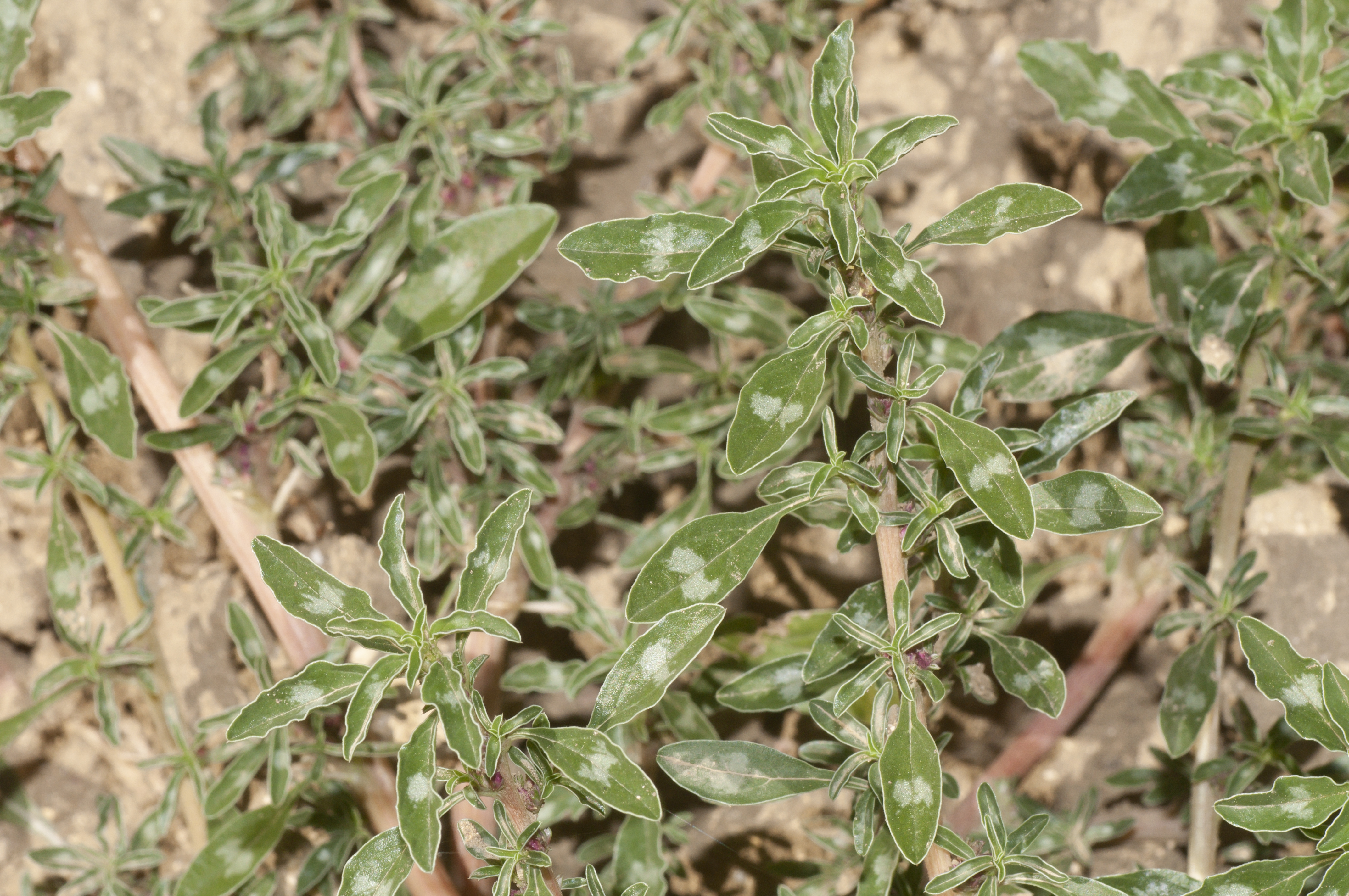Mat amaranth
(Amaranthus blitoides)

Description
Amaranthus blitoides, commonly called mat amaranth, prostrate pigweed, procumbent pigweed, prostrate amaranth, or matweed, is a glabrous annual plants species. It usually grows up to 0.6 m, though it may grow up to 1 m (3 feet). It flowers in the summer to fall. It is believed to have been a native of the central and possibly eastern United States, but it has naturalized in almost all of temperate North America. It has also naturalized in South America and Eurasia. Some authorities list it as an invasive species. The seeds of Amaranthus blitoides were used as a food source by a number of Native American groups. Among the Zuni people, the seeds were originally eaten raw, but later ground with black corn meal, made into balls and eaten. Amaranth is a herbaceous plant or shrub that is either annual or perennial across the genus. Flowers vary interspecifically from the presence of 3 or 5 tepals and stamens, whereas a 7-porate pollen grain structure remains consistent across the family. Species across the genus contain concentric rings of vascular bundles, and fix carbon efficiently with a C4 photosynthetic pathway. Leaves are approximately 6.5–15 centimetres (2+1⁄2–6 inches) and of oval or elliptical shape that are either opposite or alternate across species, although most leaves are whole and simple with entire margins. Amaranth has a primary root with deeper spreading secondary fibrous root structures. Inflorescences are in the form a large panicle that varies from terminal to axial, color, and sex. The tassel of fluorescence is either erect or bent and varies in width and length between species. Flowers are radially symmetric and either bisexual or unisexual with very small, bristly perianth and pointy bracts. Species in this genus are either monecious (i.e. A. hybridus,) or dioecious (i.e. Amaranthus palmeri). Fruits are in the form of capsules referred to as a unilocular pixdio that opens at maturity. The top (operculum) of the unilocular pixdio releases the urn that contains the seed. Seeds are circular form from 1 to 1.5 millimeters in diameter and range in color with a shiny, smooth seed coat. The panicle is harvested 200 days after cultivation with approximately 1,000 to 3,000 seeds harvested per gram.
Taxonomic tree:







